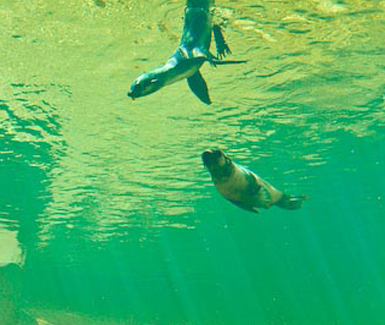
7 new publications…
2017 | ||||||||||||||

|

|

|
||||||||||||
2017 | ||||||||||||||

|

|

|
||||||||||||
2017 | ||||||||||||||

|

|

|
||||||||||||
2017 | ||||||||||||||

|

|

 |
||||||||||||
2016 | ||||||||||||||
|

|

 |
||||||||||||
2016 | ||||||||||||||

|

|

|
||||||||||||
2016 | ||||||||||||||

|

|

|
||||||||||||
7 Likes
